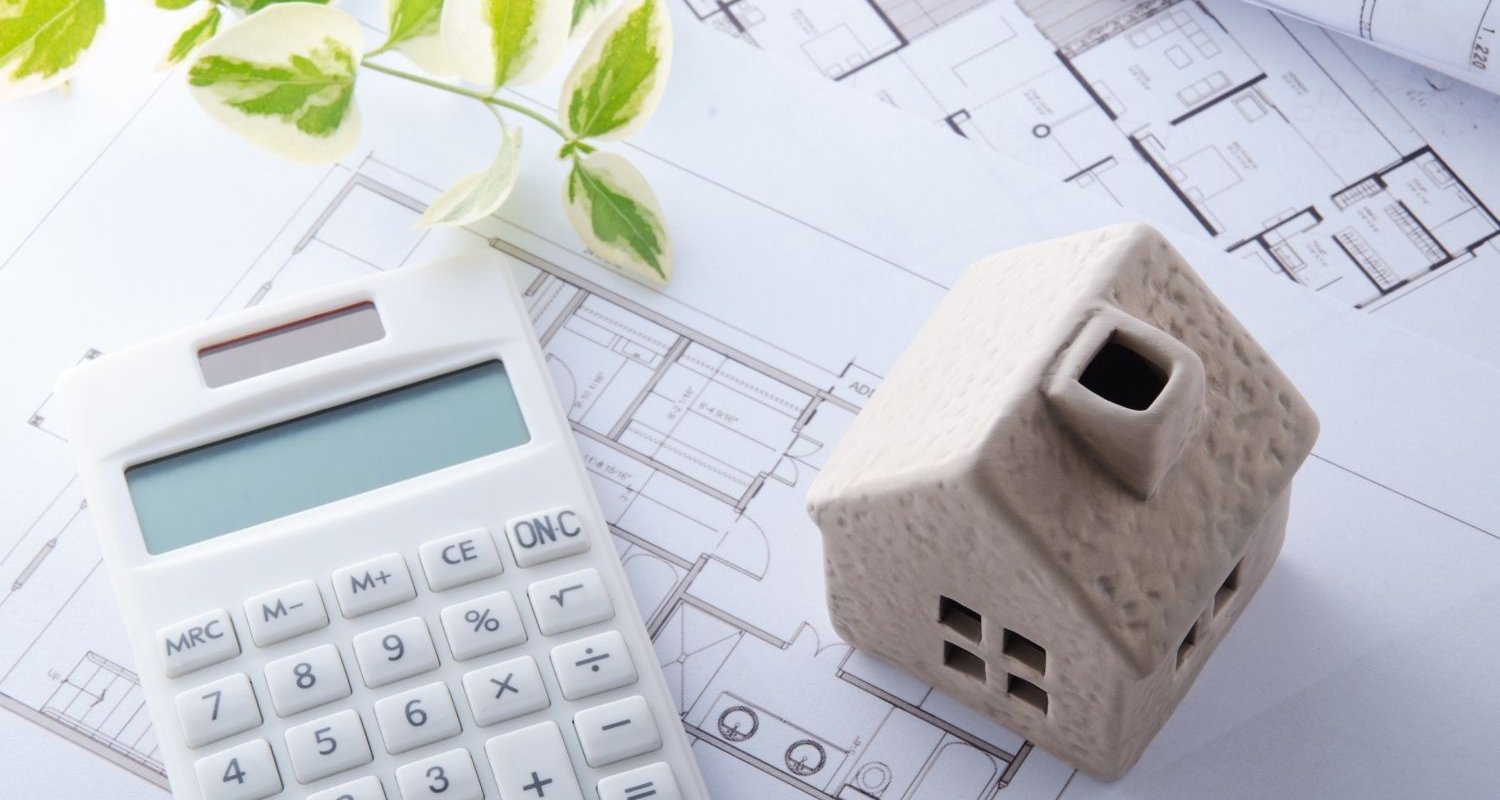
We often hear clients say, “I haven’t owned my investment property for long enough to claim tax depreciation deductions this year.”
Our response to this is, “Yes you have!”
If you haven’t owned your investment property for a full year you can still claim depreciation deductions this tax time.
Depreciation deductions can be claimed pro-rata for the period a property is rented out or is genuinely available for rent. According to the Australian Taxation Office (ATO), to be considered “genuinely available for rent”, the property must have been given broad exposure to potential tenants and tenants must be reasonably likely to rent the property.
What is depreciation?
Depreciation is the decline in the value of a building’s structure and fixtures and fittings within it. The ATO allows property investors to claim depreciation tax deductions each financial year.
A tax depreciation schedule prepared by a specialist quantity surveyor is generally required to maximise available deductions and substantiate these claims. Quantity surveyors use legislative tools to make partial year claims more beneficial to new investment property owners. The immediate write off and low-value pooling are two examples.
Immediate write off
An immediate write-off applies to any item within an investment property with a value of less than $300, regardless of how long the property has been owned and rented. As an investor, you’re entitled to write-off the full amount of the asset in the first year.
Low-value pooling
Low-value pooling is a method of depreciating plant and equipment assets that have a value of less than $1,000. Any plant and equipment assets with a value of less than $1,000 can be included in a low-value pool and written off at an accelerated rate to maximise deductions. Item can be depreciated at 18.75 per cent in the first year and 37.5 per cent each year thereafter.
Two types of depreciable assets can be allocated to a low-value pool:
- Low-cost asset: a depreciable asset that has an opening value of less than $1,000 in the year of acquisition
- Low-value asset: a depreciable asset that has an opening value of greater than $1,000 in the year of acquisition but the value after depreciating over time is now less than $1,000. This will only apply if you’ve previously used the diminishing value method.
To ensure all depreciation deductions are claimed correctly for the period your property is income producing or available for rent, you should request a tax depreciation schedule.
A BMT Tax Depreciation Schedule will outline all qualifying deductions from the date of settlement and include a partial year depreciation claim that is calculated pro-rata based on the time the property is rented.
And don’t forget that the cost of the schedule itself is tax-deductible.
The article is provided by BMT Tax Depreciation. BMT Tax Depreciation is Australia’s leading supplier of residential and commercial tax depreciation schedules. Contact the expert team at BMT to learn more.
If you need assistance with your year-end tax planning, contact KMT accountants today!


